When choosing trees for your garden, consider not only their beauty and foliage but also their root systems. Trees with noninvasive roots are particularly valuable for urban and suburban gardens, as they pose less risk to foundations, driveways, and underground pipes. Here, we present a selection of top evergreen trees with noninvasive roots, perfect for adding year-round greenery to your garden.
1. Laurus Nobilis 'Miles Choice' (Bay Tree)
Common Names: Bay Laurel, Sweet Bay
Height: 2-12 meters
Width: 2-5 meters
Spacing: 2-4 meters apart
Foliage Characteristics: Glossy, dark green leaves, aromatic when crushed
Flowering Period: Spring
Form/Habit: Dense, rounded form, can be pruned into various shapes
Uses: Culinary herb, ornamental topiary
Evergreen/Deciduous: Evergreen
Soil Tolerances: Well-drained soil, adaptable to various types
Drought Hardiness: Moderate, once established
Sun Preferences: Full sun to partial shade
Maintenance Levels: Low to moderate
Water Requirements: Regular watering, reduced in winter
Why Choose This Tree for Your Garden?
Laurus Nobilis (Bay trees) are highly versatile, serving both ornamental and practical purposes. Their non-invasive roots make them ideal for smaller gardens or as container plants. They add a touch of elegance and can be easily pruned into topiaries.
How to Grow in Different Soil Types:
- Ideal Drainage: Prefers well-drained soil.
- Well-draining Soil: Enhances growth; adds organic matter to improve drainage.
- Sandy Soil: Requires regular fertilization to maintain nutrients.
- Clay Soil: Mix in sand and organic matter to prevent waterlogging.
Planting Tips: Ensuring a Strong Start
- Choose a sunny or partially shaded spot.
- Dig a hole twice the width of the root ball.
- Mix compost into the soil.
- Place the tree, fill in the hole, and water thoroughly.
- Mulch around the base to retain moisture.
Caring for Your Tree
- Watering: Water regularly, especially during dry periods.
- Pruning: Prune to maintain shape and remove dead branches.
- Pest and Disease Monitoring: Check for common pests like scale and aphids.
- Fertilization: Feed with a balanced fertilizer in spring.
2. Waterhousia floribunda (Weeping Lilly Pilly)
Common Names: Weeping Lilly Pilly
Height: 10-20 meters
Width: 5-10 meters
Spacing: 5-10 meters apart
Foliage Characteristics: Glossy, green leaves, weeping habit
Flowering Period: Late spring to summer
Form/Habit: Graceful, weeping form
Uses: Screening, hedging, ornamental
Evergreen/Deciduous: Evergreen
Soil Tolerances: Tolerant of a range of soil types, prefers well-drained
Drought Hardiness: Moderate
Sun Preferences: Full sun to partial shade
Maintenance Levels: Low
Water Requirements: Regular watering until established
Why Choose This Tree for Your Garden?
The Weeping Lilly Pilly is a stunning tree with a graceful weeping habit, perfect for adding elegance to your garden. Its non-invasive roots make it suitable for urban parks and nearby buildings.
How to Grow in Different Soil Types:
- Ideal Drainage: Well-drained soil is best.
- Well-draining Soil: Encourages healthy growth.
- Sandy Soil: Requires more frequent watering and fertilizing.
- Clay Soil: Improve with organic matter and sand to enhance drainage.
Planting Tips: Ensuring a Strong Start
- Select a site with full sun to partial shade.
- Dig a hole twice the size of the root ball.
- Mix in compost to enrich the soil.
- Plant the tree, backfill, and water deeply.
- Mulch to conserve moisture.
Caring for Your Tree
- Watering: Keep soil moist, especially during dry spells.
- Pruning: Minimal pruning is needed; shape it if desired.
- Pest and Disease Monitoring: Watch for psyllids and treat if necessary.
- Fertilization: Apply a slow-release fertilizer in spring.
3. Cupressus Leighton Green
Common Names: Leighton Green Cypress
Height: 10-15 meters
Width: 3-5 meters
Spacing: 2-3 meters apart
Foliage Characteristics: Dense, dark green foliage
Flowering Period: Inconspicuous
Form/Habit: Upright, conical form
Uses: Screening, windbreaks, hedging
Evergreen/Deciduous: Evergreen
Soil Tolerances: Well-drained soil, adaptable
Drought Hardiness: High
Sun Preferences: Full sun
Maintenance Levels: Low
Water Requirements: Low once established
Why Choose This Tree for Your Garden?
Leighton Green Cypress is an excellent choice for privacy screens and windbreaks. Its non-invasive root system makes it safe for planting near structures.
How to Grow in Different Soil Types:
- Ideal Drainage: Prefers well-drained soils.
- Well-draining Soil: Ideal for growth; amend with organic matter if necessary.
- Sandy Soil: Retains moisture with mulching and regular watering.
- Clay Soil: Improve drainage with sand and organic matter.
Planting Tips: Ensuring a Strong Start
- Choose a sunny location.
- Dig a hole twice the size of the root ball.
- Mix compost into the soil.
- Plant the tree, backfill, and water thoroughly.
- Mulch to maintain moisture.
Caring for Your Tree
- Watering: Water regularly until established.
- Pruning: Minimal pruning is needed; remove dead or damaged branches.
- Pest and Disease Monitoring: Generally pest-free.
- Fertilization: Fertilize in spring with a balanced fertilizer.
4. Syzygium Resilience
Common Names: Lilly Pilly Resilience
Height: 3-5 meters
Width: 1.5-2 meters
Spacing: 1.5-2 meters apart
Foliage Characteristics: Glossy, green leaves, new growth tinged with red
Flowering Period: Spring to summer
Form/Habit: Compact, dense growth
Uses: Hedging, screening, ornamental
Evergreen/Deciduous: Evergreen
Soil Tolerances: Prefers well-drained soil, adaptable
Drought Hardiness: Moderate
Sun Preferences: Full sun to partial shade
Maintenance Levels: Low
Water Requirements: Regular watering until established
Why Choose This Tree for Your Garden?
Syzygium Resilience is perfect for creating dense hedges and screens. Its non-invasive roots make it suitable for planting near pathways and structures.
How to Grow in Different Soil Types:
- Ideal Drainage: Well-drained soil is preferred.
- Well-draining Soil: Supports healthy growth; improve drainage if needed.
- Sandy Soil: Maintain nutrients with compost or balanced fertilizer.
- Clay Soil: Amend with organic matter and sand to prevent waterlogging.
Planting Tips: Ensuring a Strong Start
- Select a spot with full sun to partial shade.
- Dig a hole twice the size of the root ball.
- Incorporate compost into the soil.
- Plant the tree, backfill, and water deeply.
- Mulch to conserve moisture.
Caring for Your Tree
- Watering: Water regularly, especially in dry periods.
- Pruning: Prune to shape and remove dead branches.
- Pest and Disease Monitoring: Watch for psyllids and treat if needed.
- Fertilization: Apply a slow-release fertilizer in spring.
Other Recommendations
5. Acmena smithii (Sublime)
Common Names: Lilly Pilly Sublime
Height: 5-8 meters
Width: 3-5 meters
Spacing: 3-5 meters apart
Foliage Characteristics: Glossy, lime green new growth
Flowering Period: Spring to summer
Form/Habit: Compact, dense growth
Uses: Hedging, screening, ornamental
Evergreen/Deciduous: Evergreen
Soil Tolerances: Well-drained soil, adaptable
Drought Hardiness: Moderate
Sun Preferences: Full sun to partial shade
Maintenance Levels: Low
Water Requirements: Regular watering until established
Why Choose This Tree for Your Garden?
Acmena smithii, with its attractive lime green new growth, is an excellent choice for hedging and screening. Its noninvasive root system makes it safe for planting near buildings and pathways.
How to Grow in Different Soil Types:
- Ideal Drainage: Well-drained soil is best.
- Well-draining Soil: Supports healthy growth; amend if necessary.
- Sandy Soil: Requires regular fertilization and watering.
- Clay Soil: Improve with organic matter and sand.
Caring for Your Tree
- Watering: Keep soil moist, especially during dry spells.
- Pruning: Prune to maintain shape and remove dead branches.
- Pest and Disease Monitoring: Check for common pests and treat if needed.
- Fertilization: Apply a slow-release fertilizer in spring.
Conclusion
These evergreen trees with non-invasive roots offer a variety of benefits, from aesthetic appeal to practical uses in hedging and screening. By selecting trees with root systems that won't disrupt your garden infrastructure, you can enjoy a lush, green landscape year-round with peace of mind.


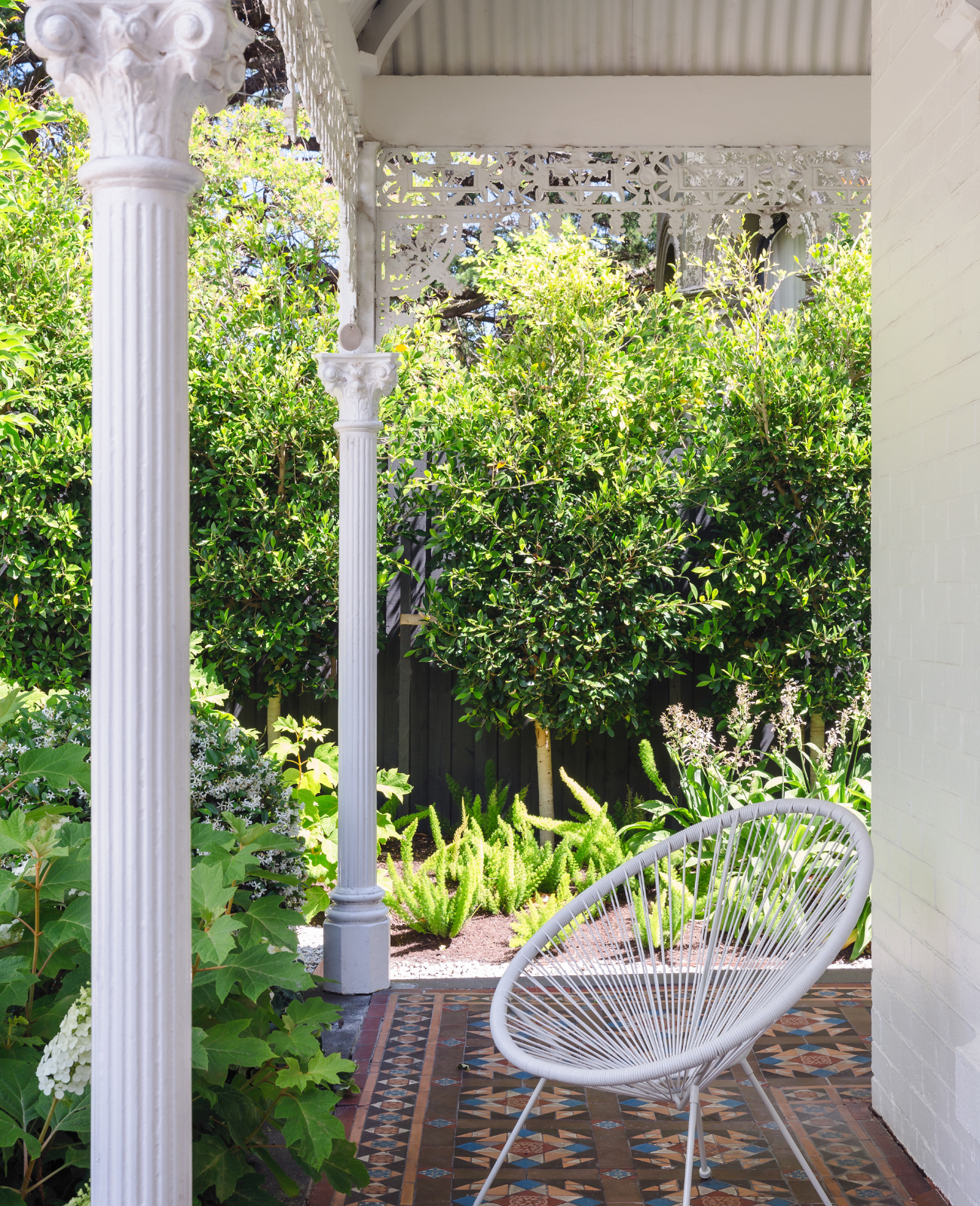
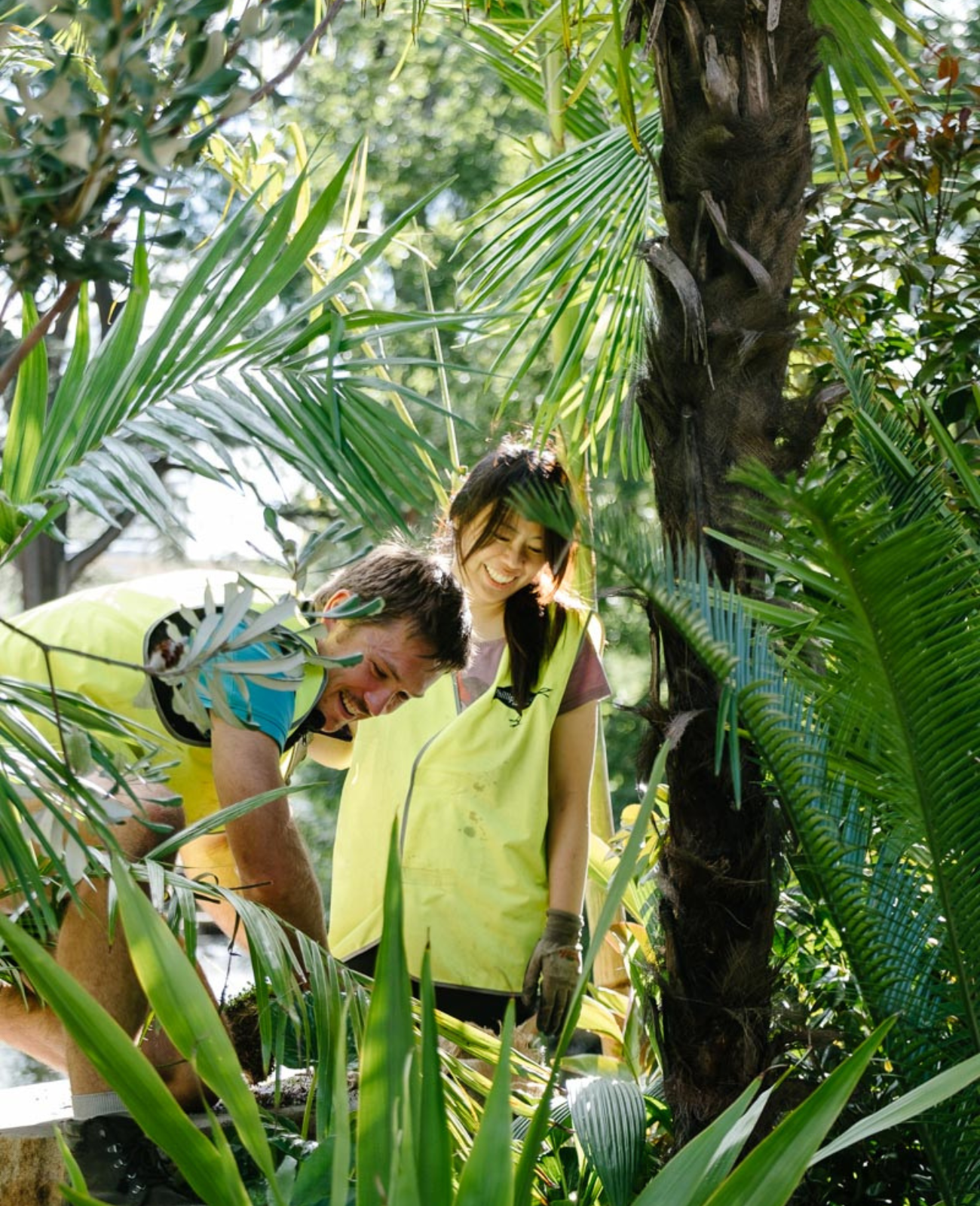
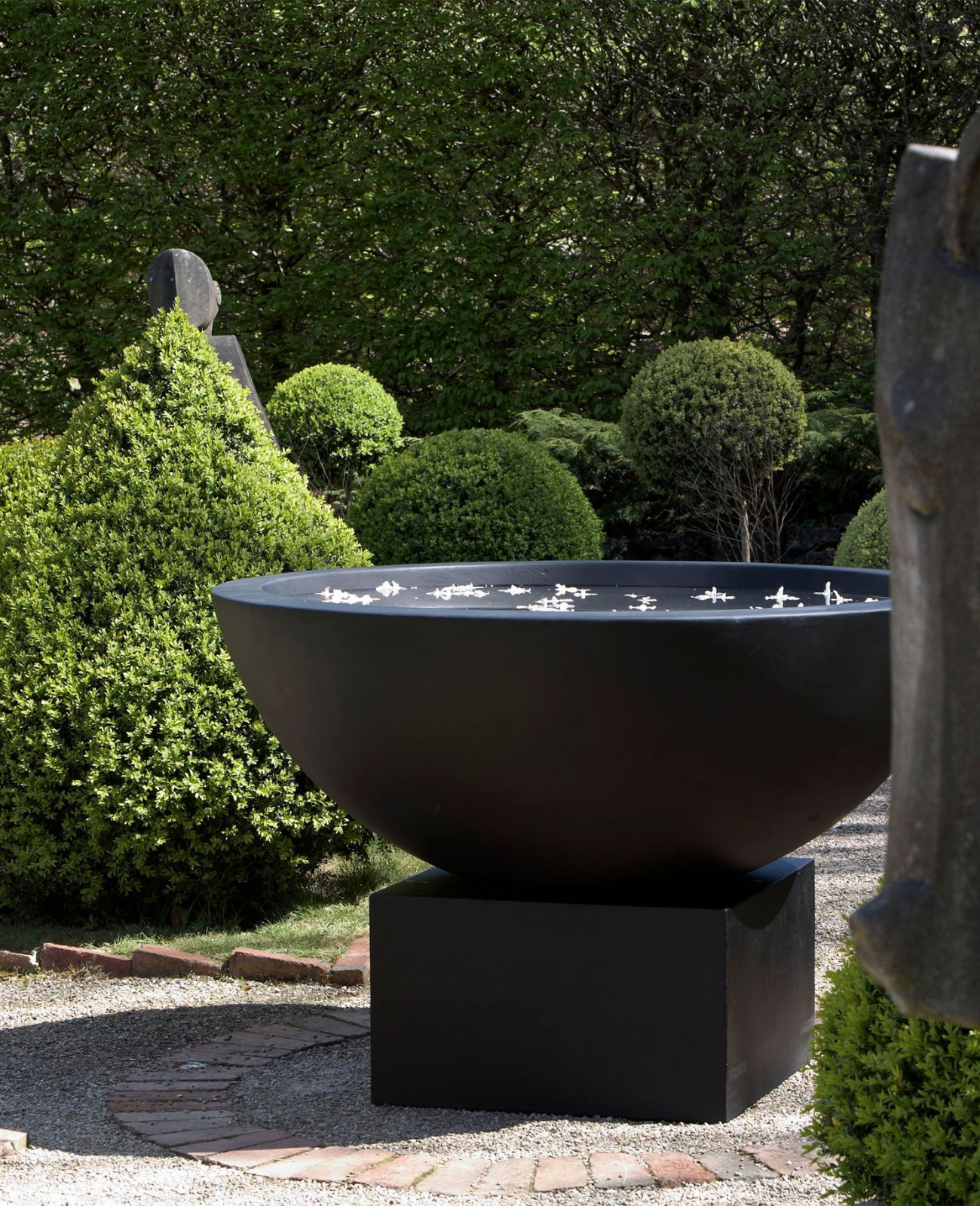
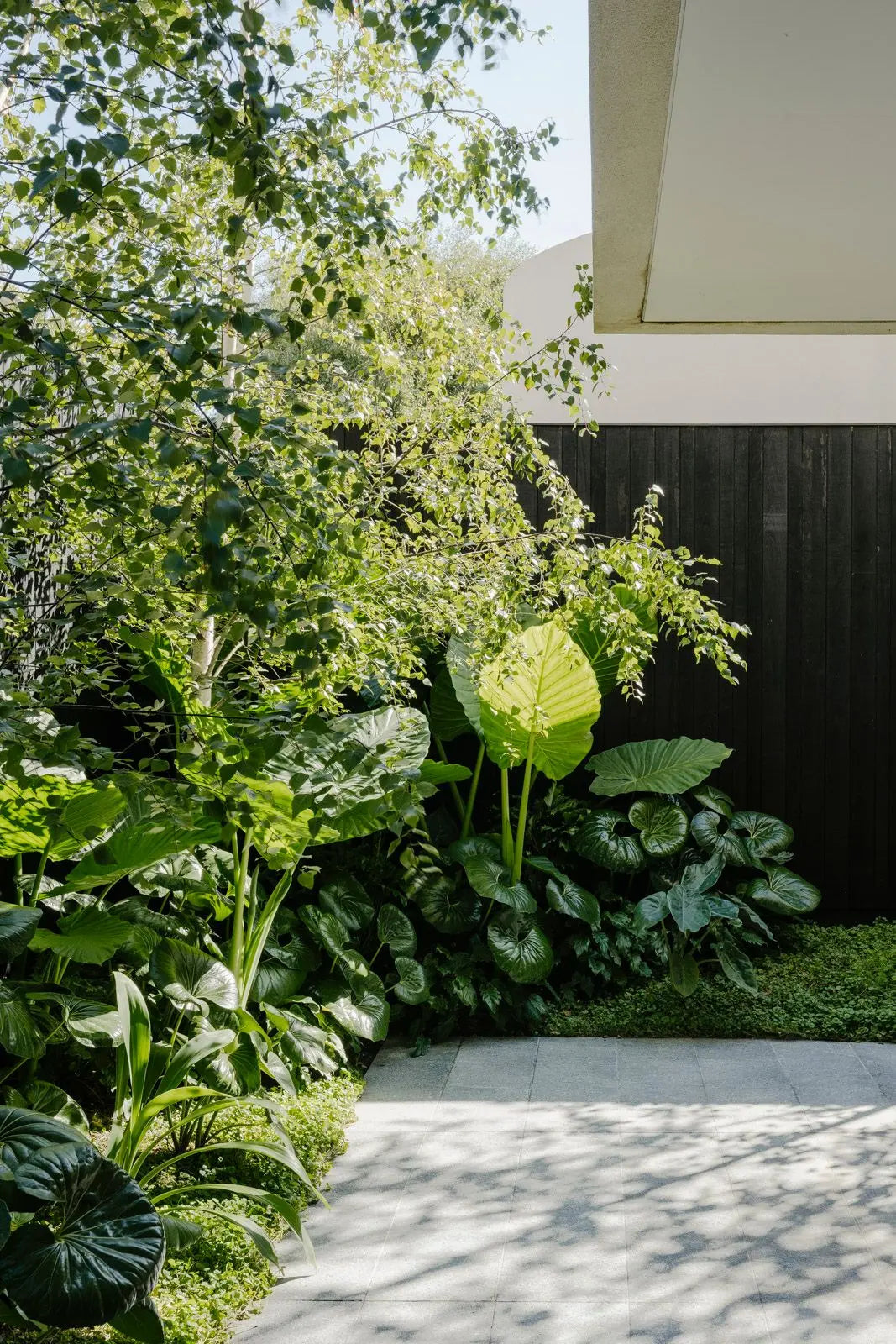
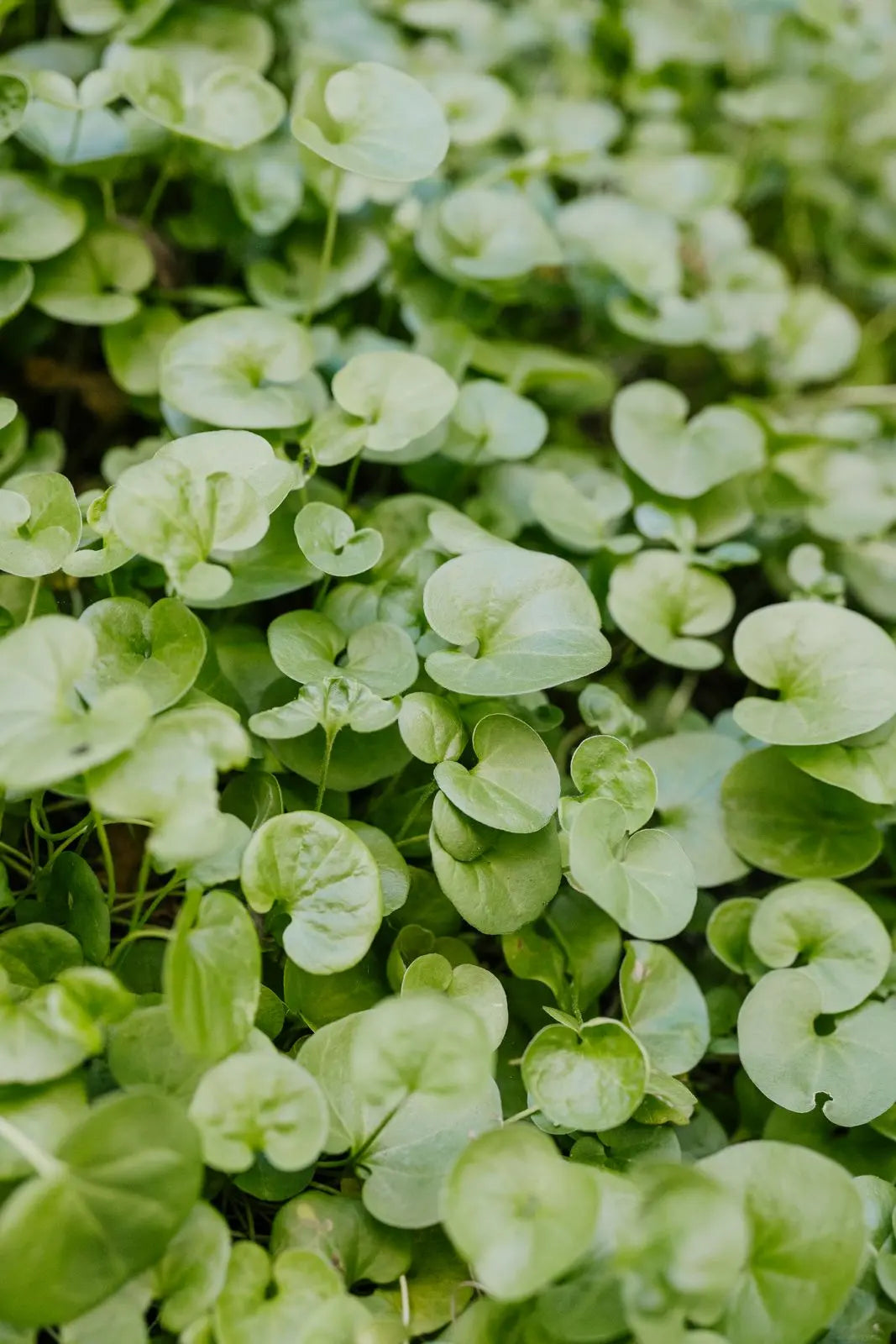
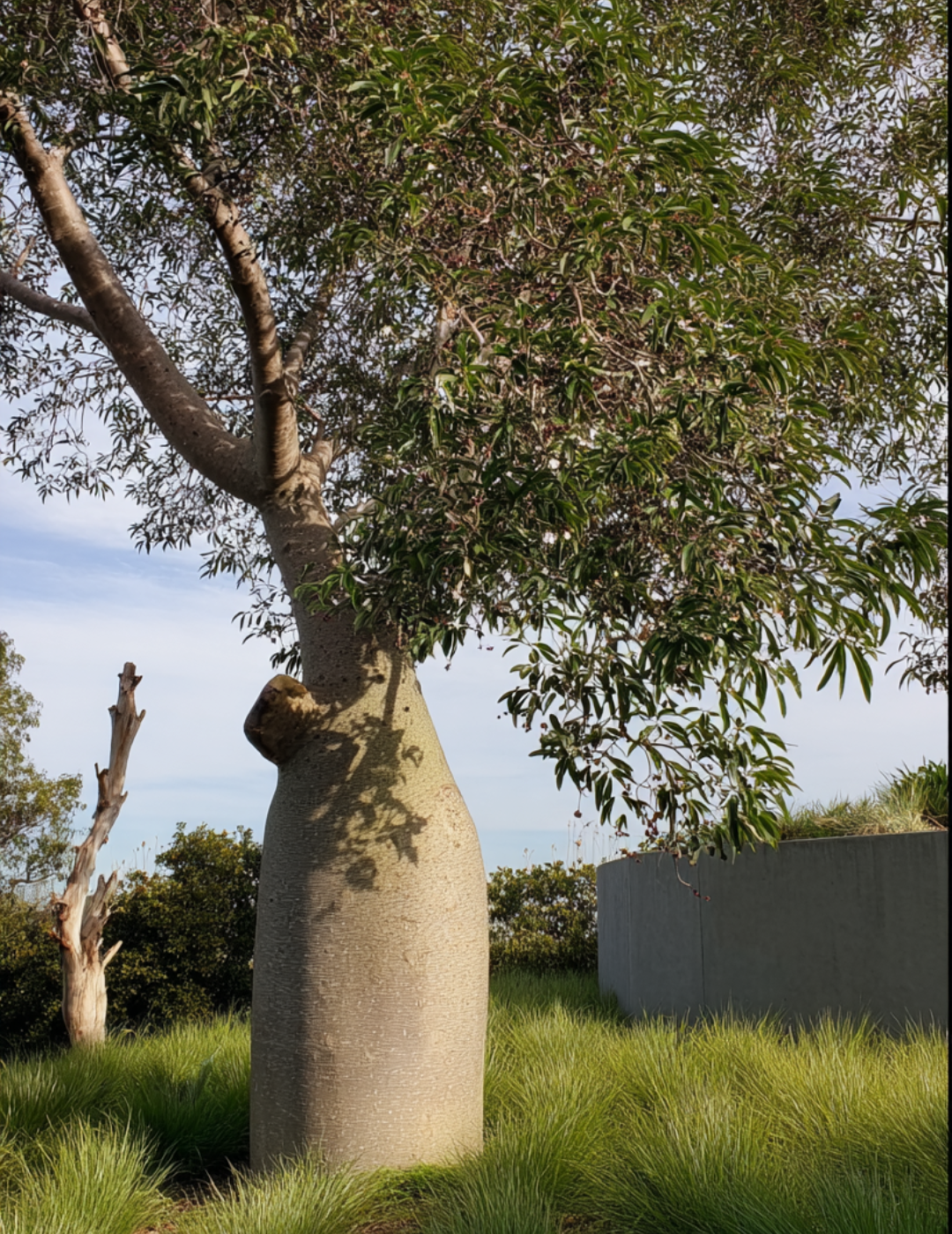
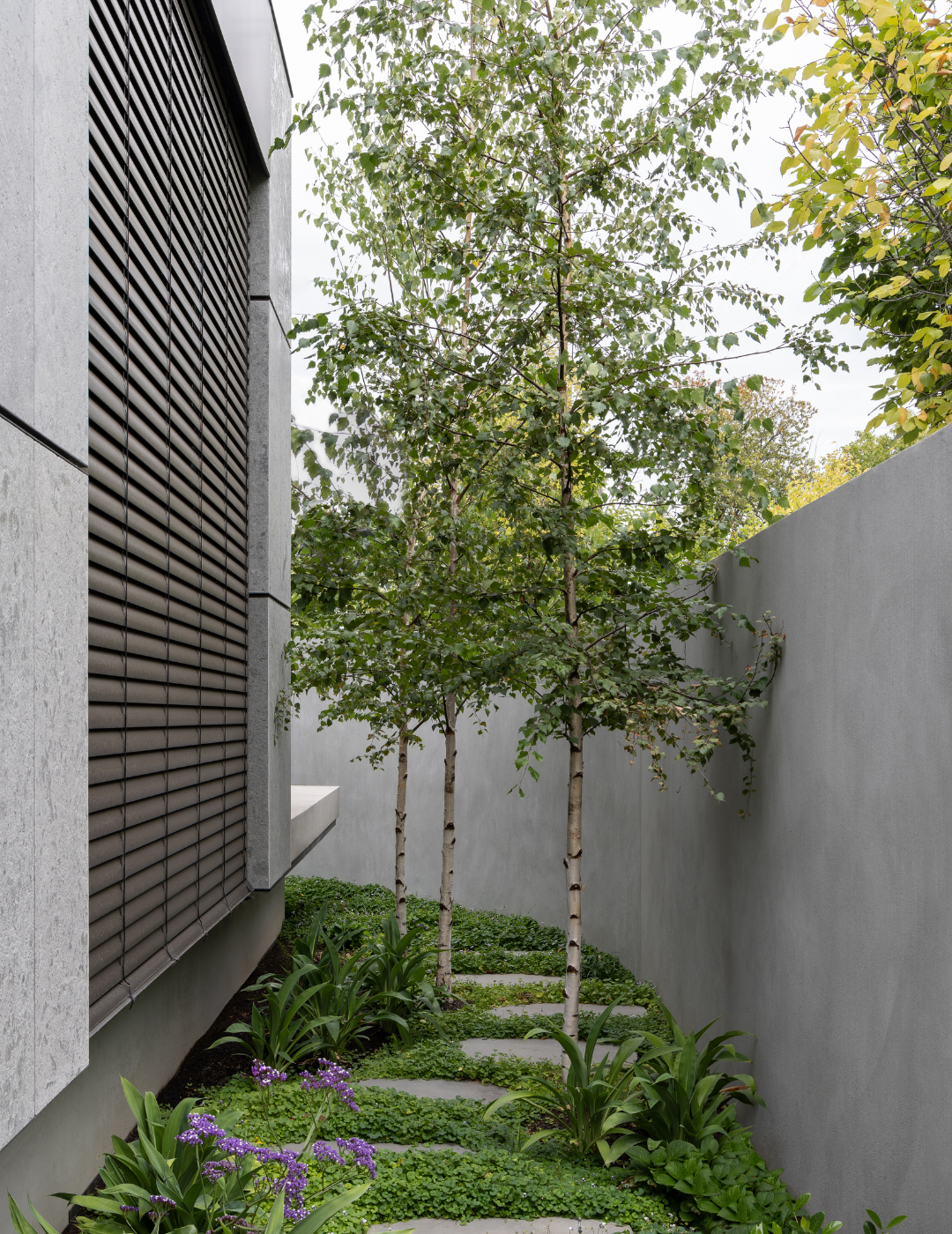
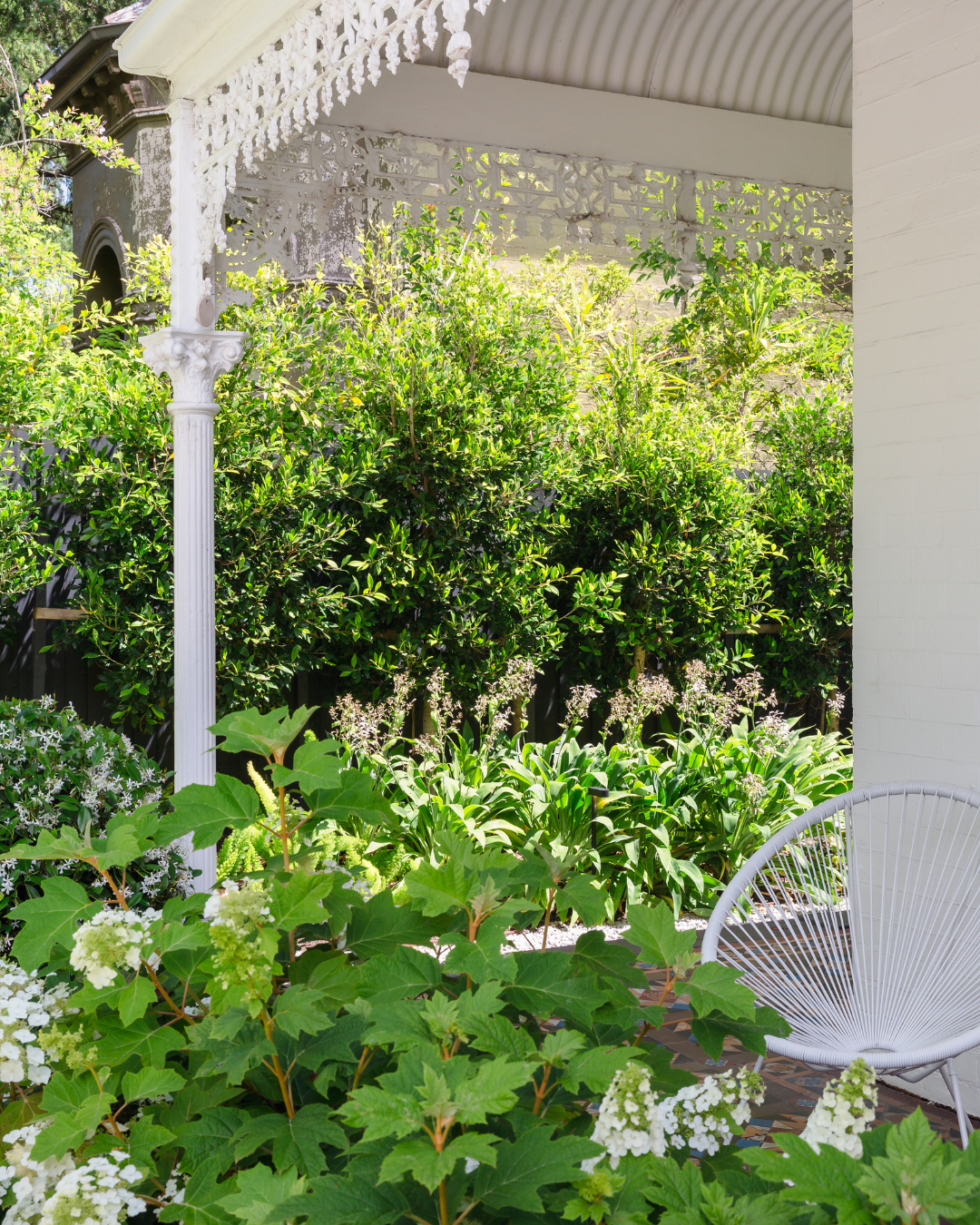
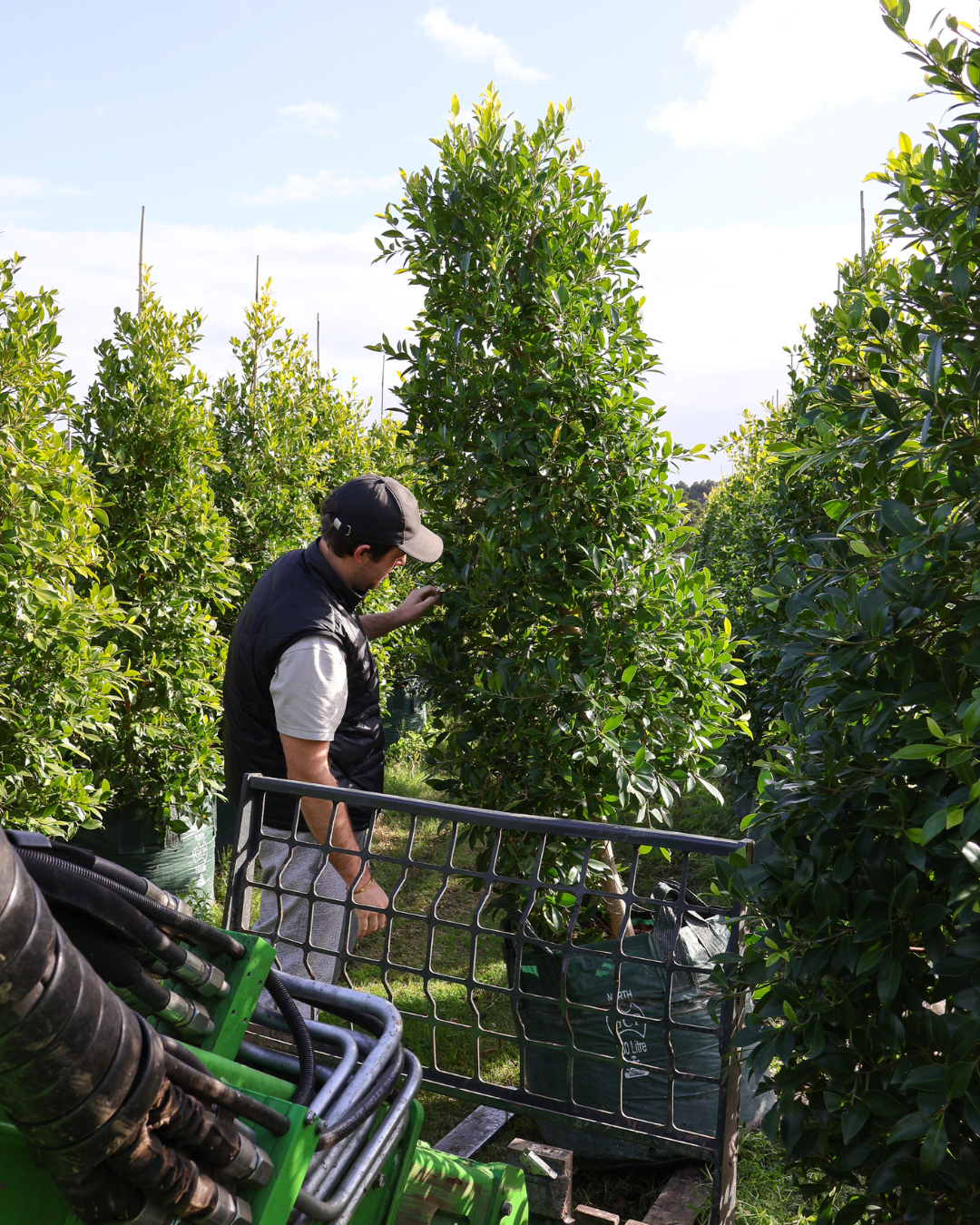
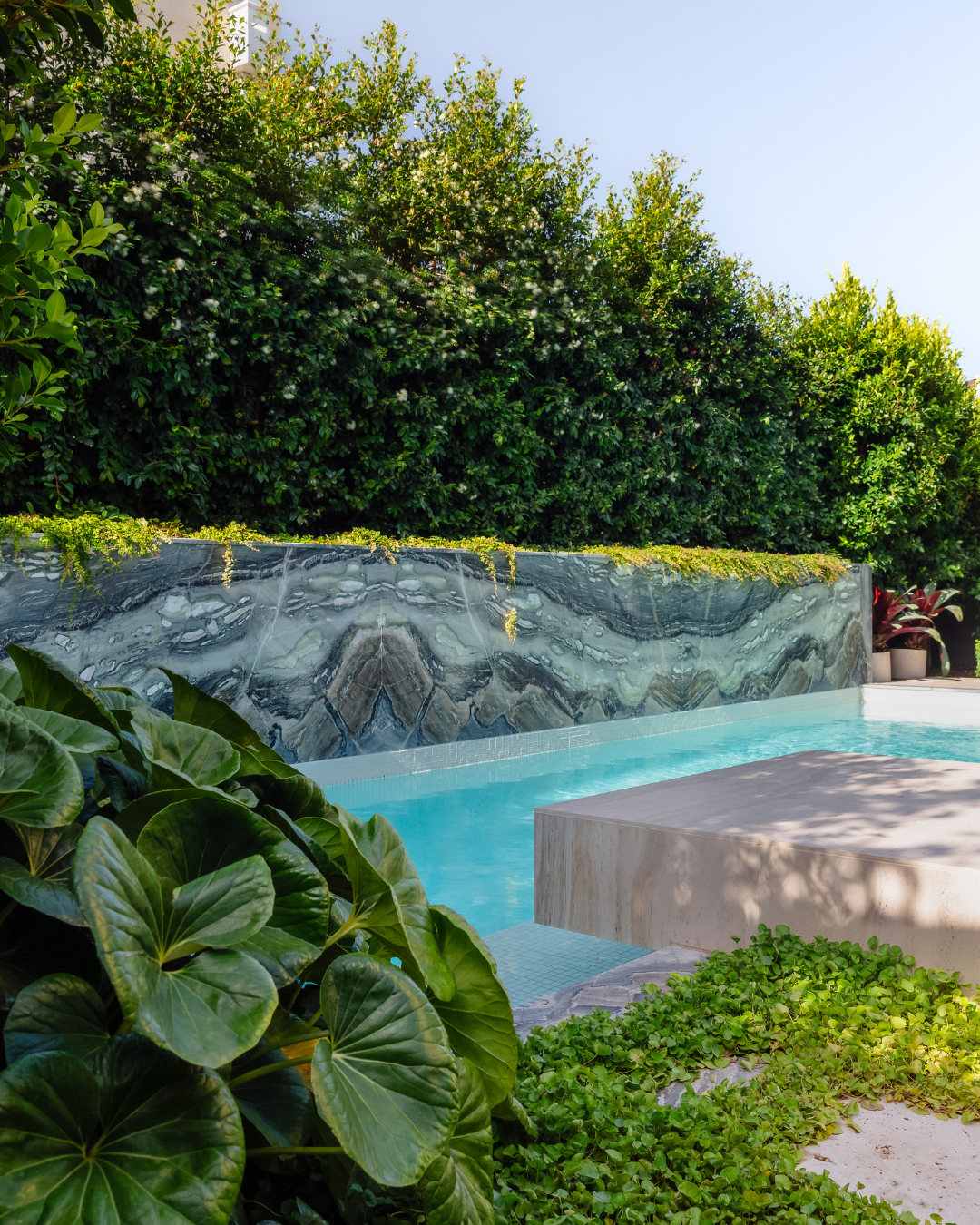

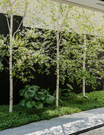
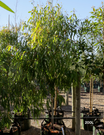
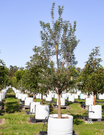
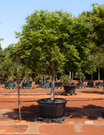

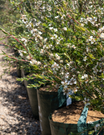

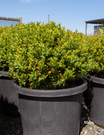
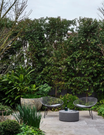

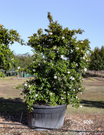
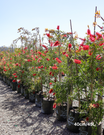
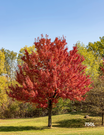
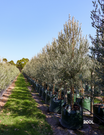
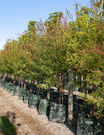
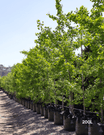
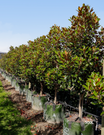
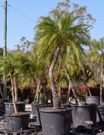


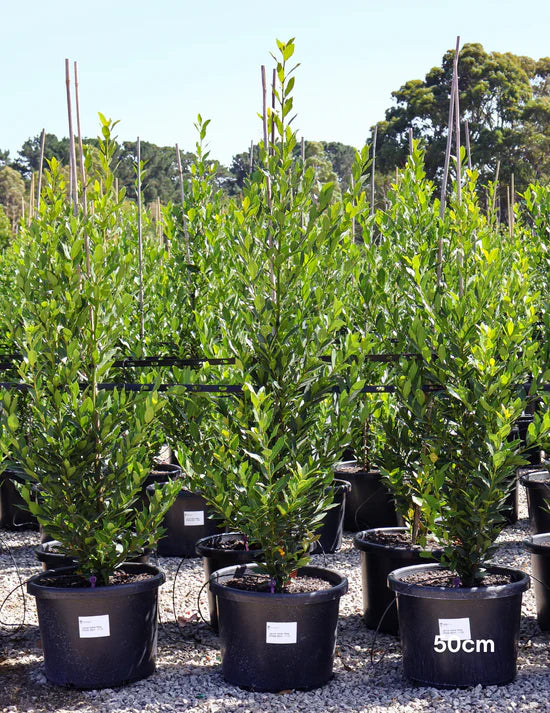





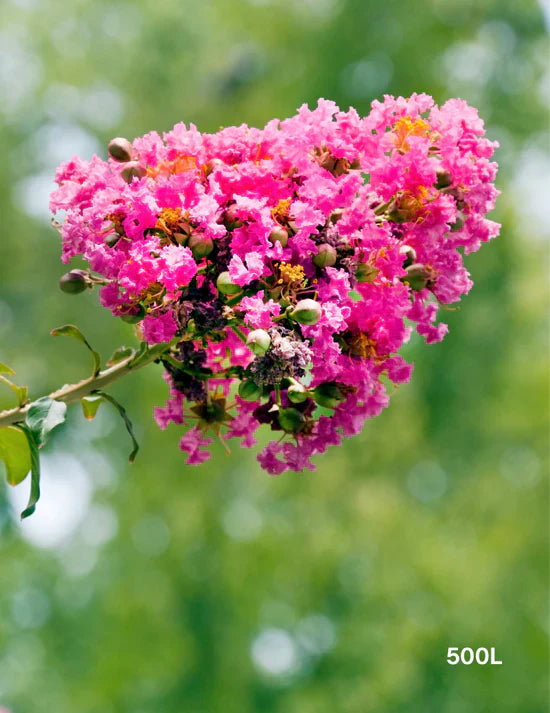


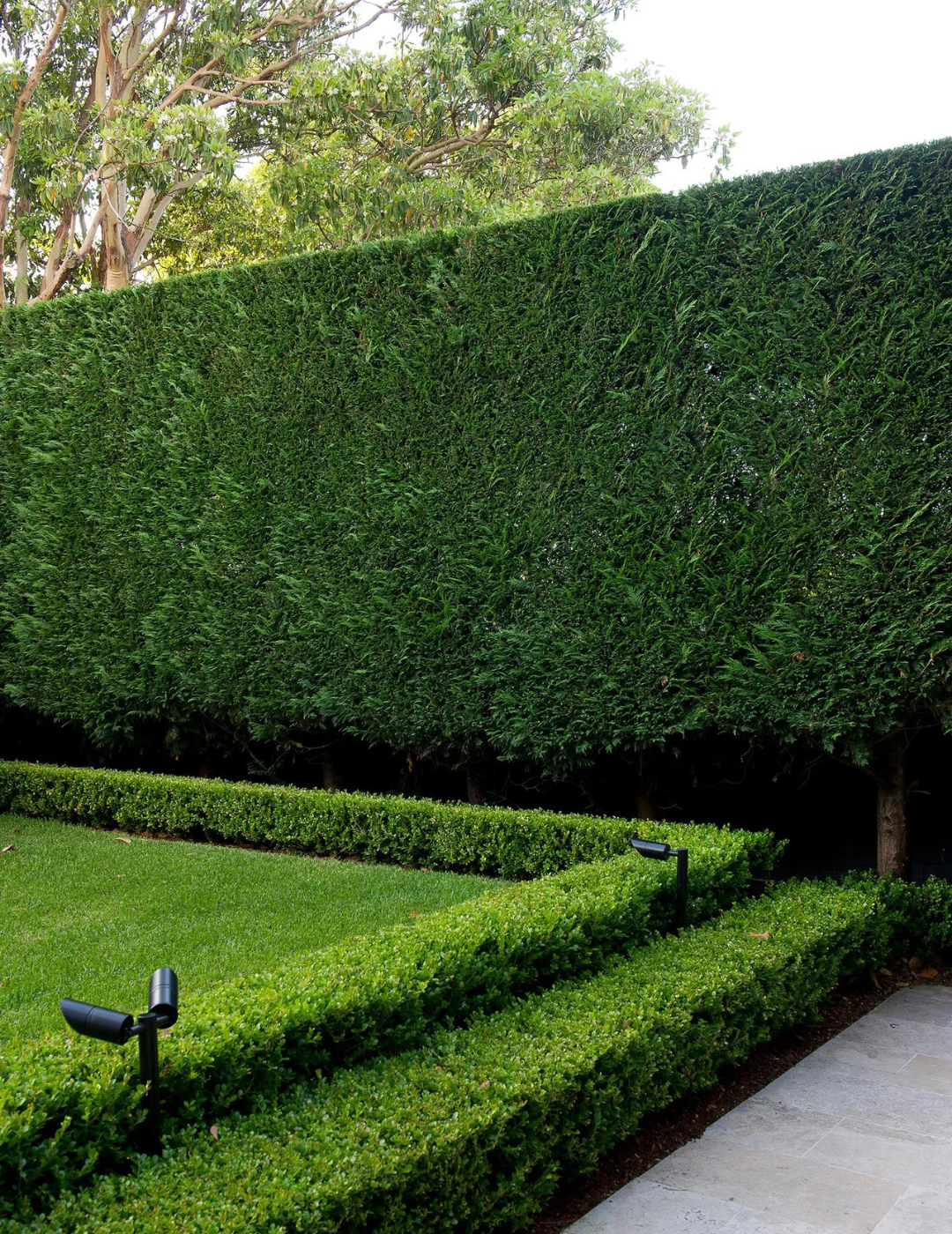
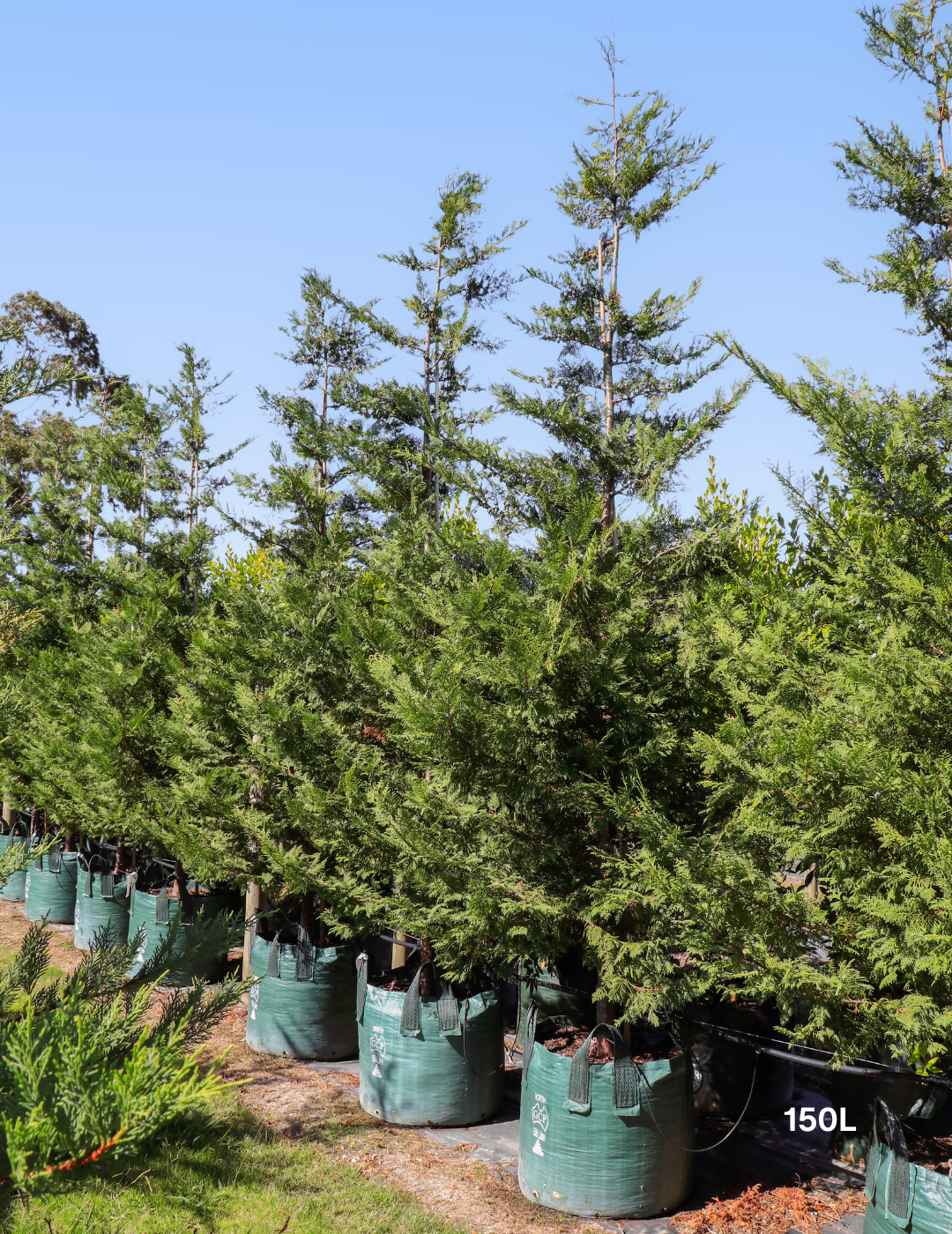
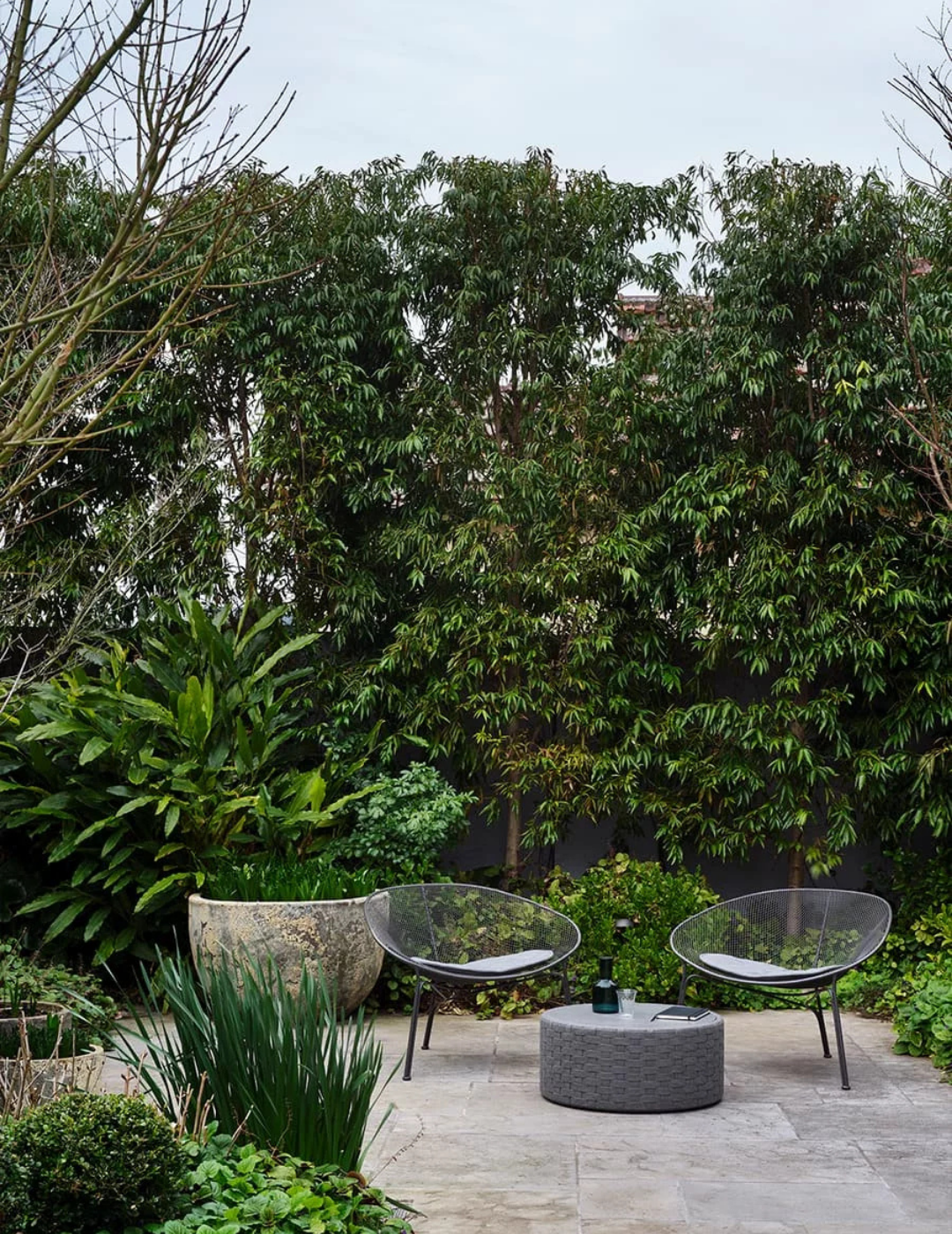
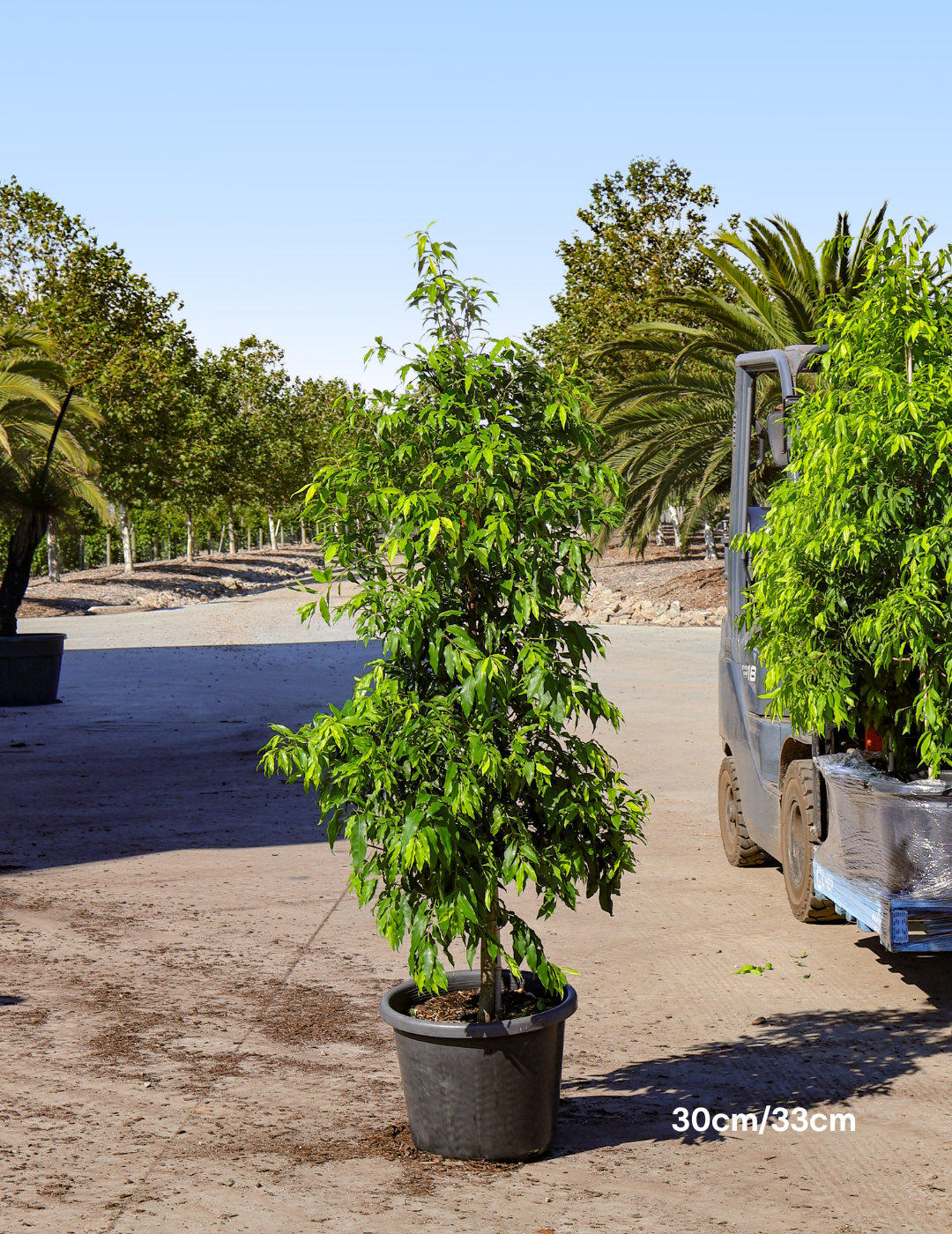
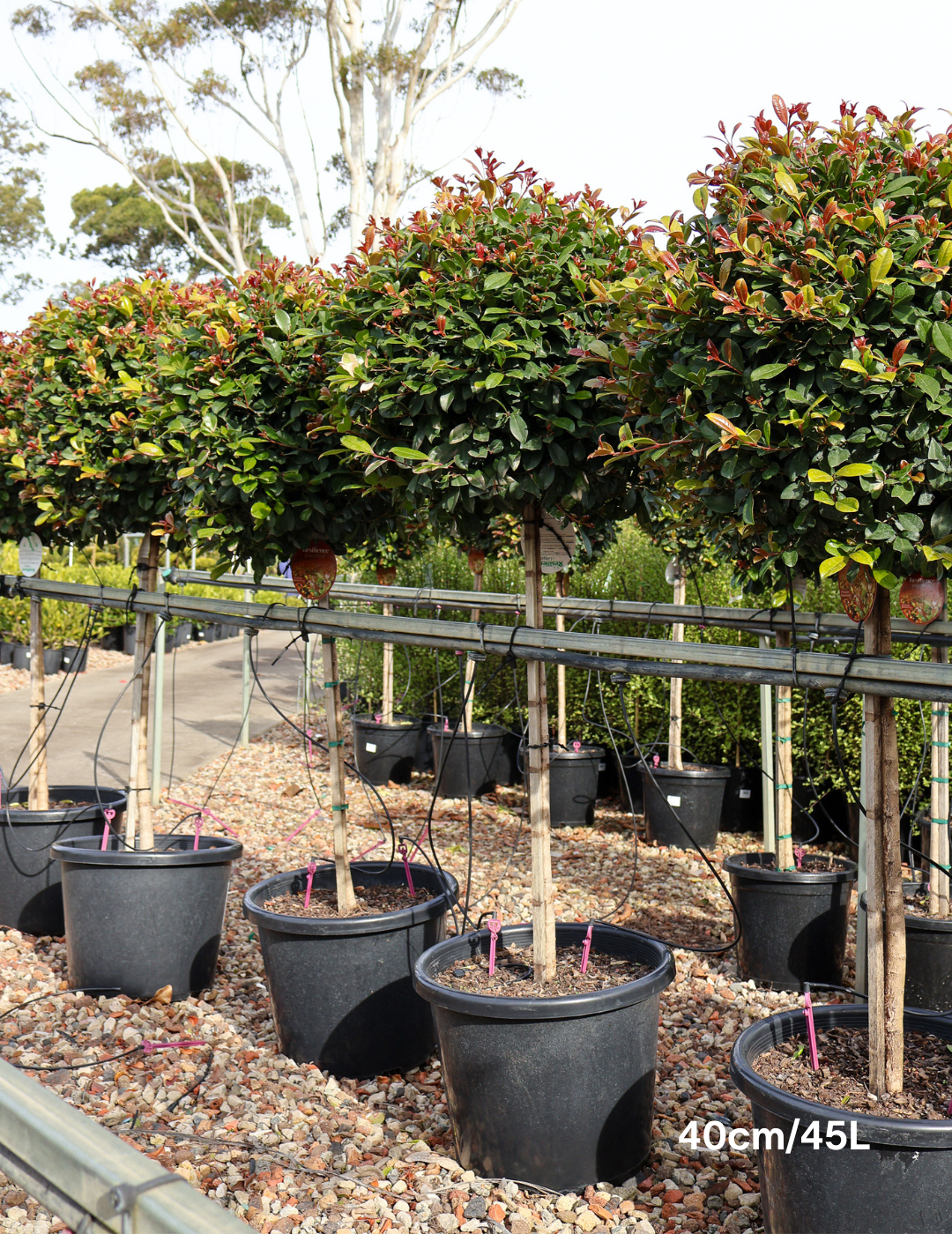
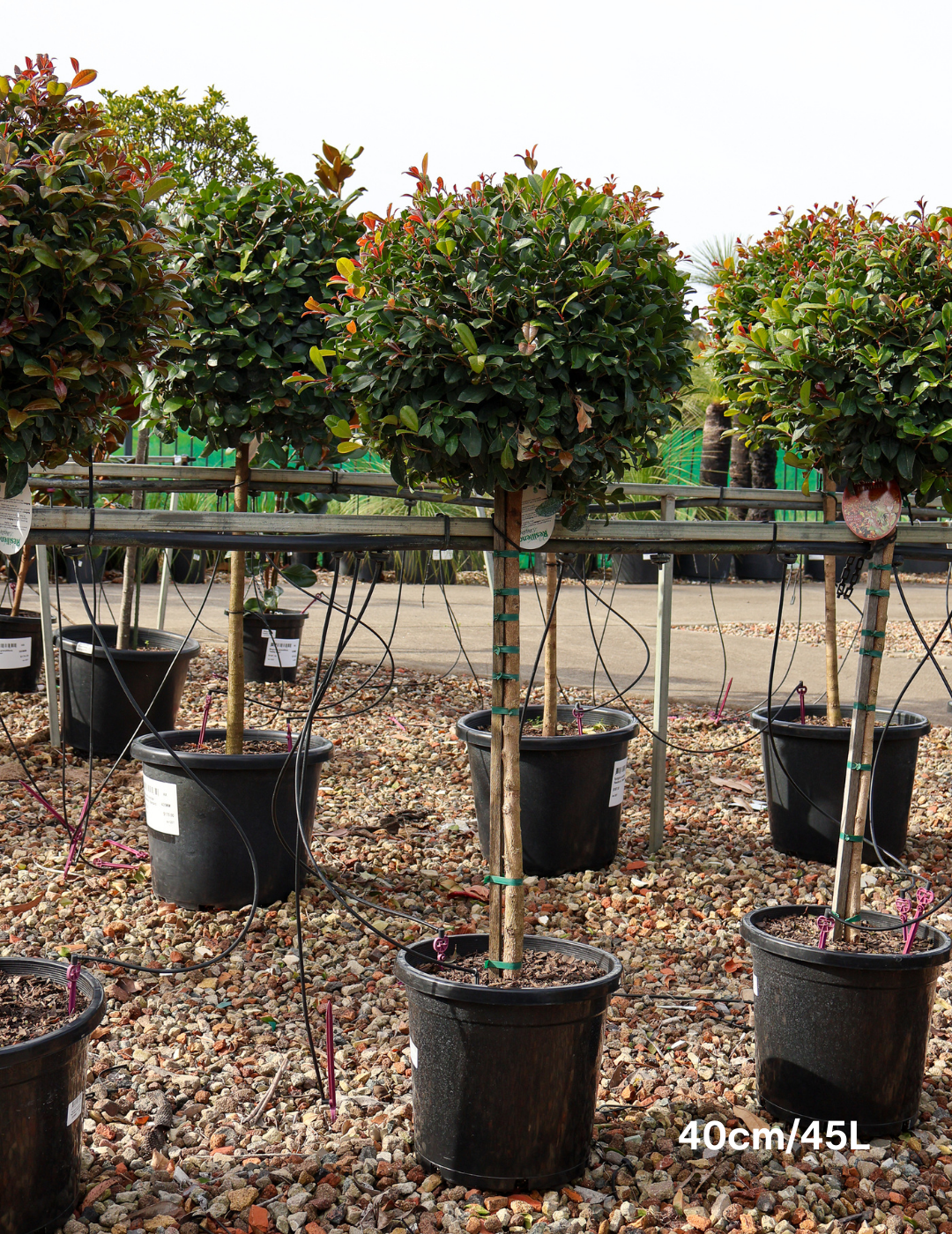
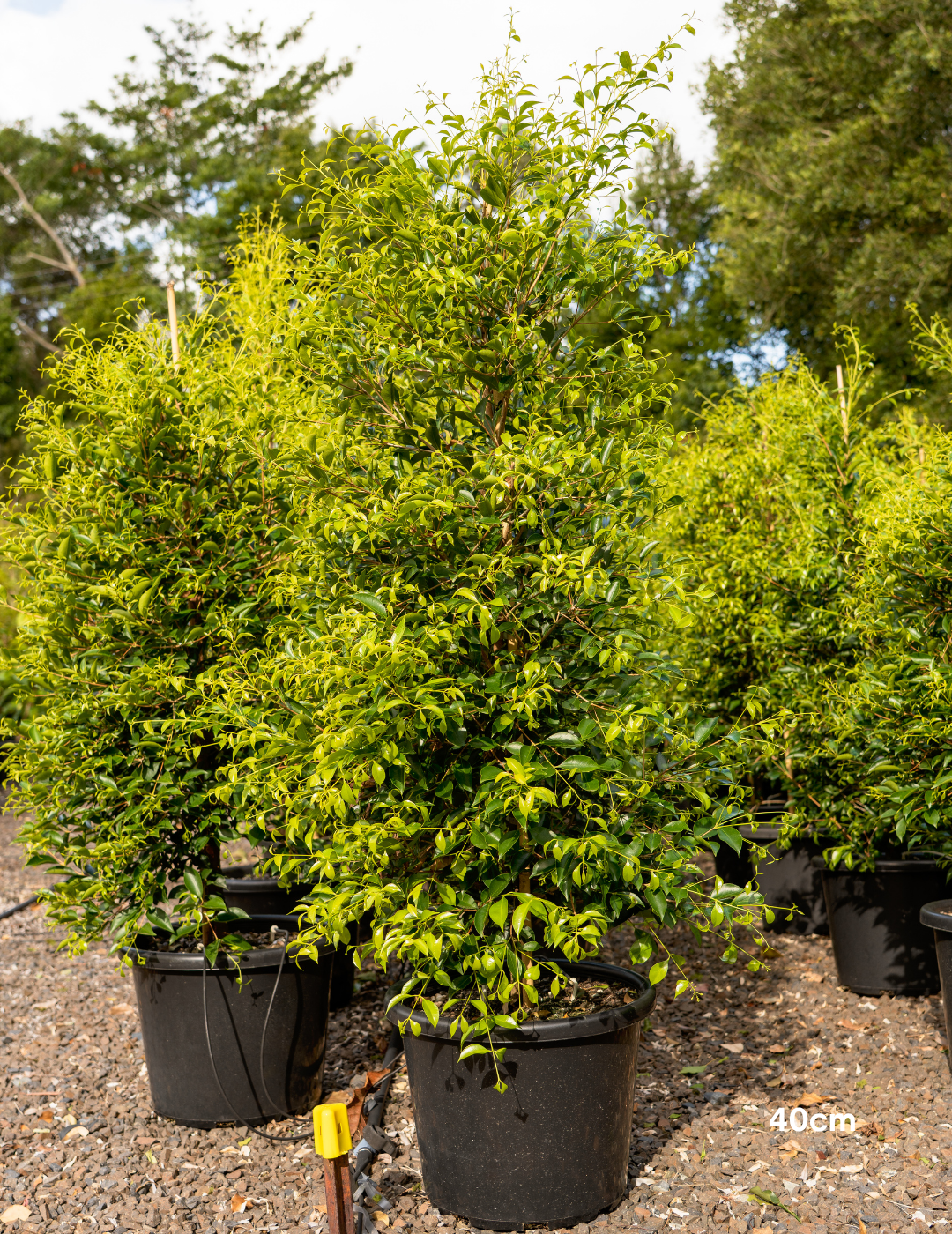
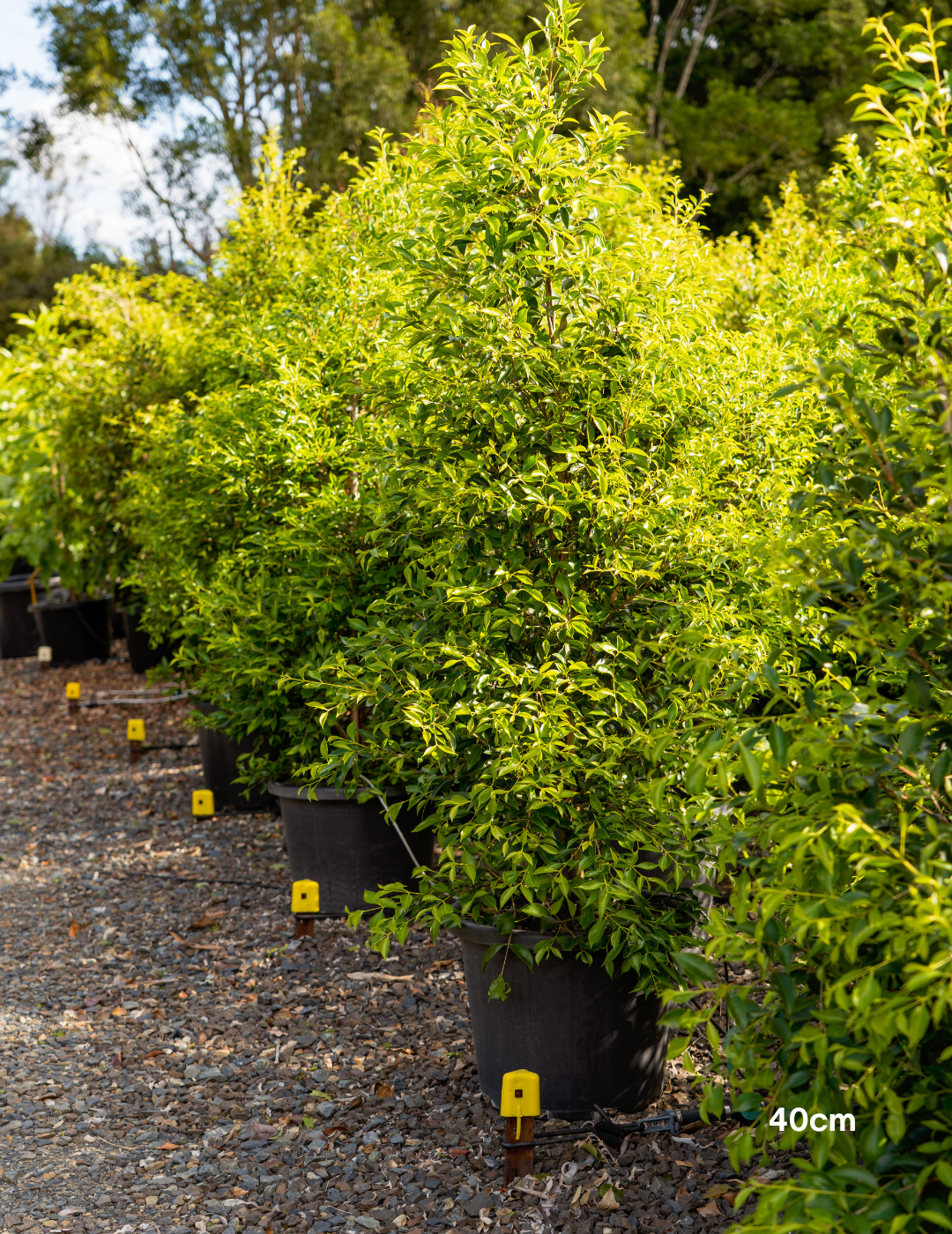
1 comment
Kerri Carmichael
Love your site, well structured and informative and clear information, well done👌
Leave a comment
This site is protected by hCaptcha and the hCaptcha Privacy Policy and Terms of Service apply.